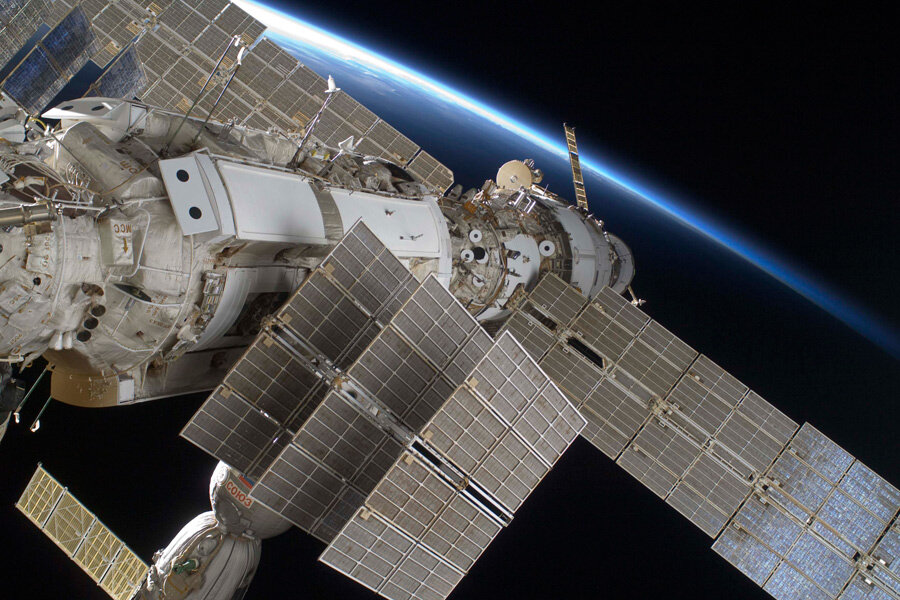Wayward space junk prompts astronauts to shelter in cosmic lifeboat
Loading...
Three astronauts on the International Space Station (ISS) were forced to hunker down in an emergency shelter Thursday because of a threatening piece of space junk.
Luckily the crewmembers were only cordoned off for a short period in their cosmic lifeboat – a Soyuz spacecraft – as they waited for a fragment from an old Russian weather satellite to pass harmlessly about 1.5 miles away.
Incidents that force evacuation on the ISS are relatively rare. This is only the fourth time in the 16-year history of the space station that a crew had to be sequestered into a Soyuz, both for protection and a possible quick getaway. No major collisions with the ISS have ever been recorded.
NASA generally is aware of incoming debris earlier and moves the space station out of the way to avoid collision. But these evasive maneuvers take about 30 hours to plan and execute. This time, the crew had less than two hours notice.
More than 500,000 pieces of space junk, also known by the fancier name of “orbital debris,” are tracked as they circle around the Earth. Only a fraction of those – around 22,000 – are larger than a softball. Scientists estimate that there are millions more that are too small to track.
Debris material comes from a variety of sources, including fragments of dead spacecraft and abandoned launch vehicle stages.
The junk travels at extremely fast speeds, up to 17,000 mph, meaning that even a tiny piece of debris could damage a spacecraft. NASA often has to replace windows because of their impact with what turns out to be a paint fleck.
“The greatest risk to space missions comes from non-trackable debris,” said Nicholas Johnson, NASA chief scientist for orbital debris in a statement.
On the ISS a special shield called a Whipple Bumper is used to protect the space station from the smaller pieces of junk.
Problems also arise when space collisions happen, both unintentionally or – in the case of China’s 2007 missile test which blew up an old satellite – quite on purpose. That incident added more than 3,000 pieces of space junk to the problem, NASA scientists said.
Researchers have also been working on efforts to dispose of space junk, reported Patrik Jonsson in the Monitor.
Some ideas scientists have come up with are vaporizing debris pieces with lasers or launching up a kind of space trawling boat which would use a magnetic net to catch junk. The latter option was tested last year by Japan’s space agency who created the technology in partnership with a fishing net company.
This report contains material from the Associated Press.








